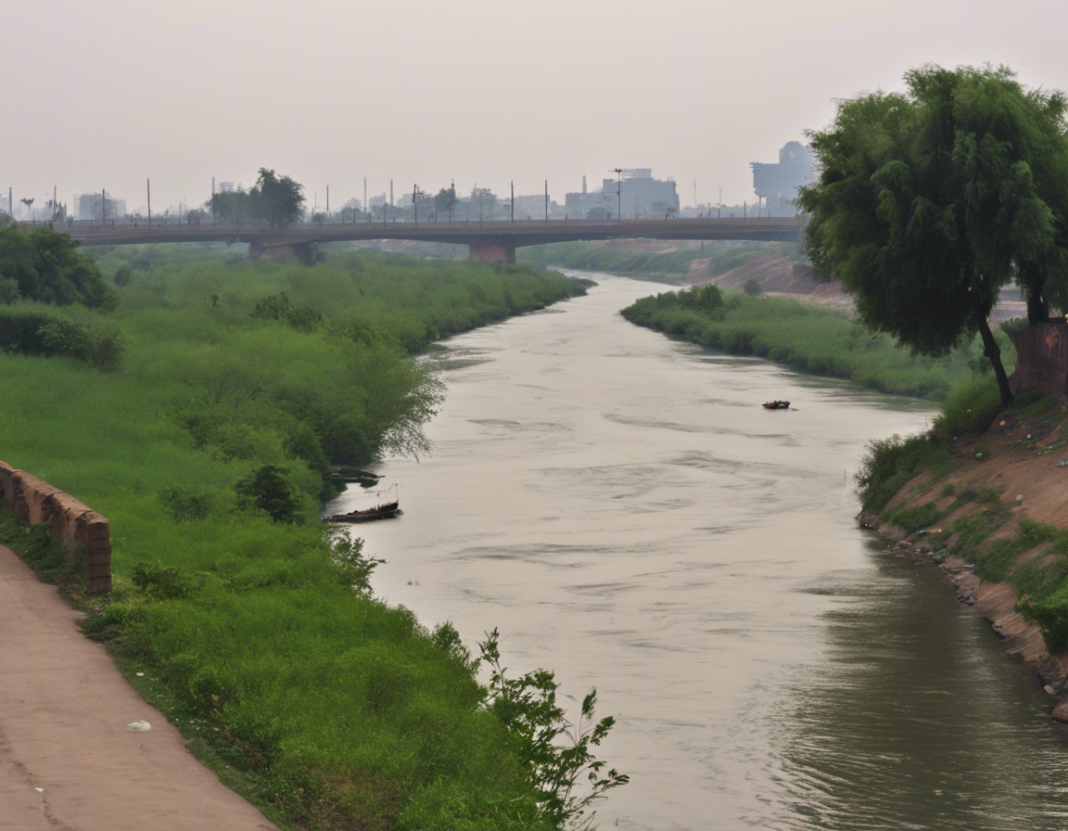Introduction
The Yamuna River, one of the most important and sacred rivers in India, holds immense significance in the country’s history, culture, and environment. Originating from the lower Himalayas, the Yamuna flows through several northern states before merging with the Ganges River in Allahabad. In this article, we will delve into the various aspects of the Yamuna River, including its historical importance, current environmental challenges, and the efforts being made to revive and conserve this vital water body.
Historical and Cultural Significance
The Yamuna River holds a special place in Indian mythology and history. According to Hindu beliefs, the river is considered the daughter of the sun god, Surya, and the sister of Yama, the god of death. The city of Mathura, located on the banks of the Yamuna, is considered to be the birthplace of Lord Krishna, further adding to the river’s sacredness.
The Yamuna has been a source of inspiration for poets, artists, and musicians for centuries. Its serene waters and lush banks have been depicted in various forms of art and literature, symbolizing purity, fertility, and divinity. Many temples and ghats line the river, attracting pilgrims and tourists from all over the world.
Environmental Challenges
Despite its cultural and religious importance, the Yamuna River is facing severe environmental degradation due to urbanization, industrialization, and pollution. The river is heavily polluted with industrial effluents, untreated sewage, and solid waste, posing a serious threat to the health of those who depend on its waters. The high levels of pollution have led to a decline in aquatic life, loss of biodiversity, and waterborne diseases.
Efforts Towards Conservation
Recognizing the critical state of the Yamuna River, both the government and various non-governmental organizations have initiated several conservation projects to revive and restore the river to its former glory. The National Mission for Clean Ganga (NMCG) and the Yamuna Action Plan are some of the key initiatives aimed at reducing pollution, conserving water, and improving the overall health of the river.
Various steps are being taken to treat industrial effluents, improve sewage treatment facilities, and promote community participation in conservation efforts. Additionally, afforestation along the riverbanks, desilting of sediment deposits, and awareness campaigns are being carried out to protect the Yamuna ecosystem and ensure sustainable water management practices.
Conclusion
The Yamuna River remains a vital lifeline for millions of people in India, serving as a source of water, livelihood, and spirituality. While the river faces numerous challenges, concerted efforts towards conservation and sustainable management offer hope for its rejuvenation. By raising awareness, promoting responsible practices, and investing in innovative solutions, we can ensure that the Yamuna continues to flow clean and pure for generations to come.
FAQs
-
Q: Why is the Yamuna River important in Indian culture?
A: The Yamuna River holds significant religious and cultural importance in Hindu mythology, with many temples and ghats situated on its banks. -
Q: What are the major environmental challenges faced by the Yamuna River?
A: Pollution from industrial effluents, untreated sewage, and solid waste poses a severe threat to the health and ecosystem of the Yamuna River. -
Q: What initiatives are being taken to conserve the Yamuna River?
A: The National Mission for Clean Ganga and the Yamuna Action Plan are key initiatives aimed at reducing pollution, conserving water, and restoring the health of the river. -
Q: How can individuals contribute to the conservation of the Yamuna River?
A: Individuals can contribute by reducing water wastage, avoiding littering, supporting eco-friendly practices, and participating in community clean-up drives. -
Q: What is the significance of Mathura in relation to the Yamuna River?
A: Mathura, located on the banks of the Yamuna, is believed to be the birthplace of Lord Krishna, further enhancing the river’s cultural significance.




